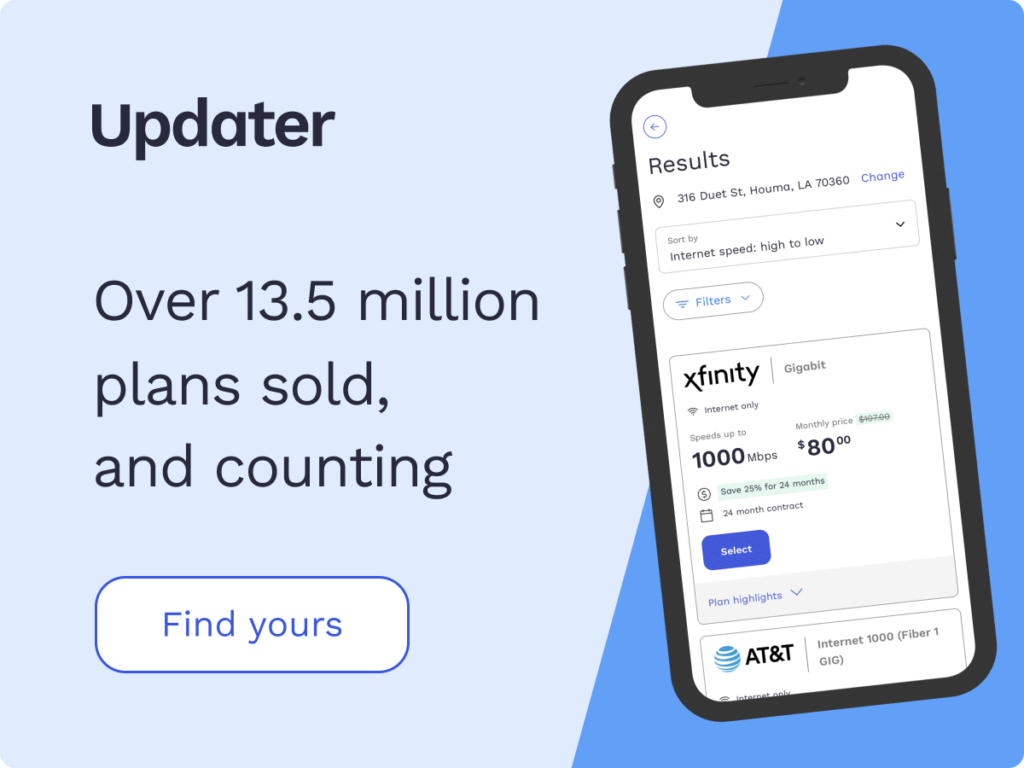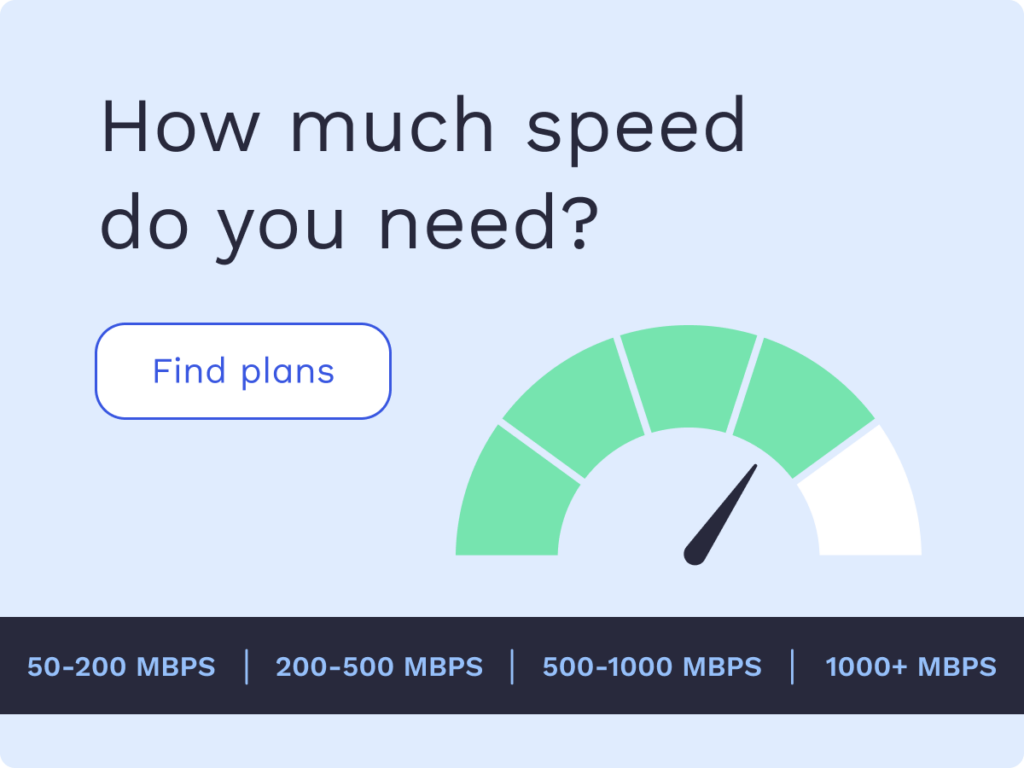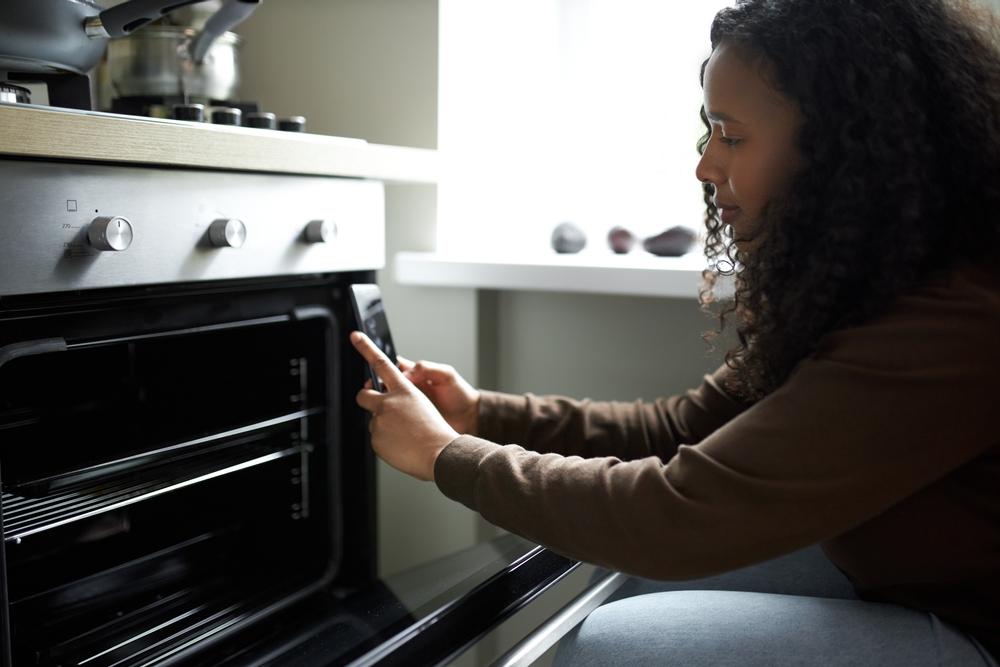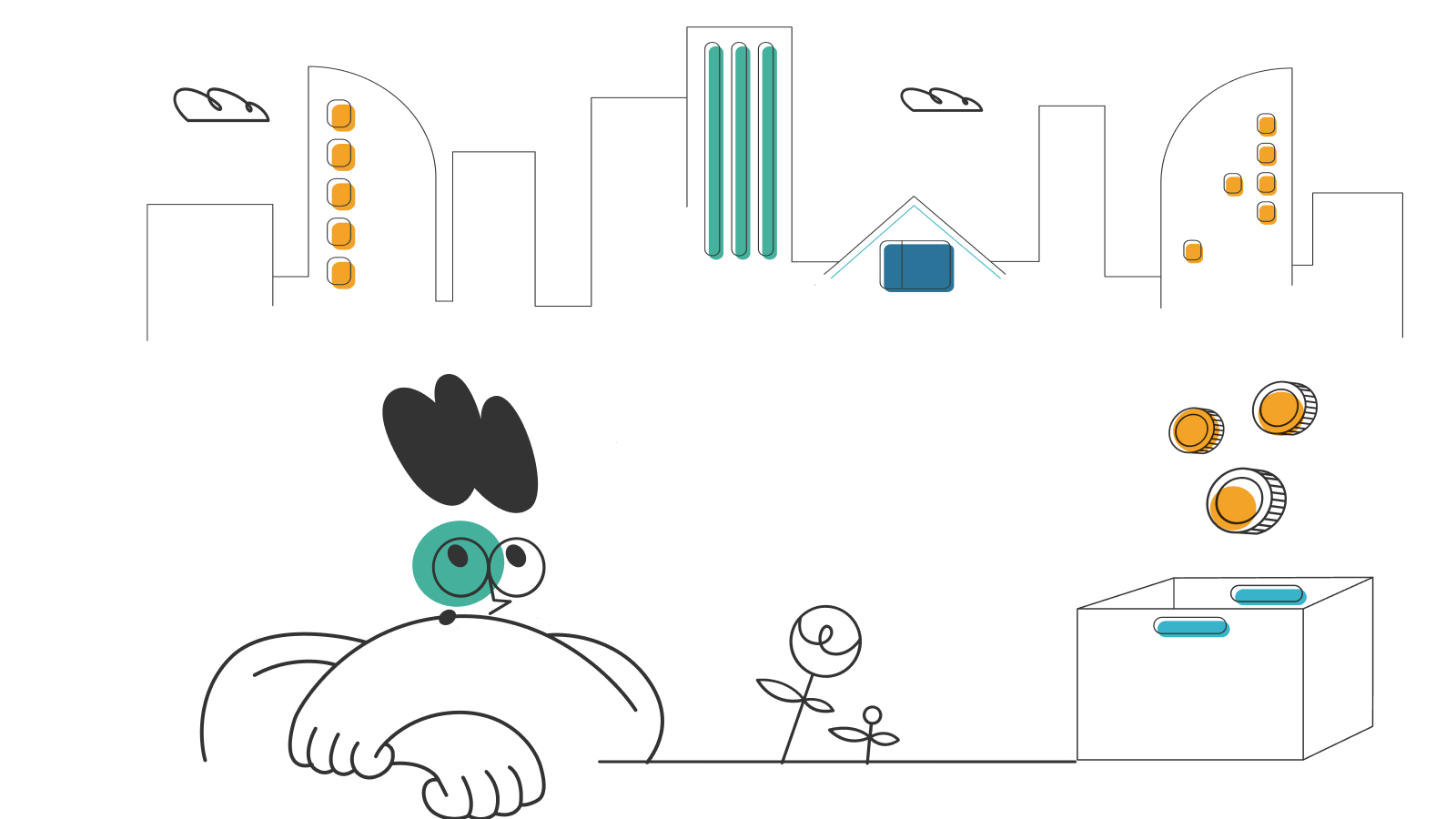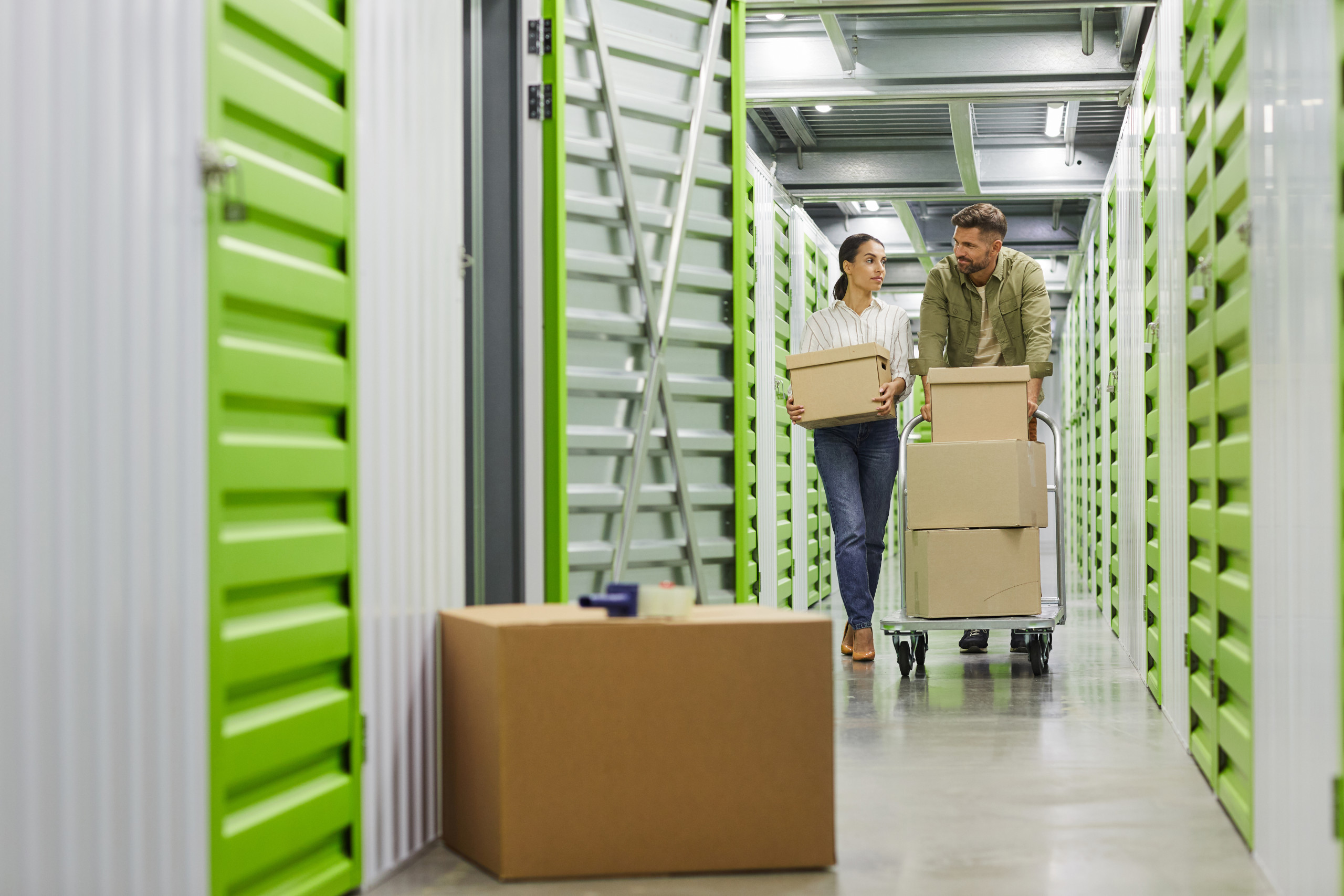Why Your Internet Slows Down at Night

Almost everyone has experienced it at one time or another: Your internet is fine during the day, but as soon as you get into the evening, it starts to slow down. Even though you may feel there’s no way around it, there are several things you can do.
The first step is to understand that your internet likely slows down at night due to network congestion, which stems from many people using it at the same time. But you can make adjustments to your home network to reduce the impact of congestion, and if that fails, you also have the option of upgrading your network.
Here are the reasons behind network congestion, its symptoms, and what you can do about it.
Why your internet slows down at night
As mentioned above, the primary reason your internet may get slower at night is network congestion. You can think of this phenomenon like this: The network for your local area is a lot like that which serves your house. There’s only so much bandwidth to go around. Your internet service provider (ISP) doesn’t provide unlimited bandwidth to everybody in your neighborhood.
Therefore, each house that connects to the network has a similar impact as the devices connecting to your own home network. All of them draw a certain amount of bandwidth, and because there’s a limited amount to go around, that can impact the performance of your internet service.
On the other hand, during the day, when many people are at work or school, there are far fewer people using their home internet. That results in more bandwidth being available for your connection. This makes it easier to watch your favorite shows and videos, perform downloads, hold videoconferences, and make voice over internet protocol (VoIP) calls.
But sometimes, you may find that even activities that typically don’t require a lot of bandwidth run abnormally slow at night. For example, VoIP calls and videoconferencing over Zoom are relatively bandwidth-light activities. To figure out why these and other functions may happen slower than you’d expect, you first must understand how network congestion impacts your internet connection.
How does network congestion impact your internet?
Network congestion results in three primary performance problems: a poor ping rate, slower download speeds, and slower upload speeds.
Poor ping rate
Your ping rate is the time it takes for a message to travel from your computer to a server it’s interacting with. Every time you try to access a website, you use a browser such as Chrome or Firefox. The browser takes the information you enter and sends it to a server. The server is responsible for processing what your browser is asking for and then returning the data requested. For example, if you type in google.com, one of Google’s servers gets that request from your browser and sends the Google homepage back. Your browser then presents this information on your screen.
Each of these steps takes time. And the amount of time that elapses from when you send a request and it gets fulfilled and sent back by the server, is called the ping rate.
When you’re simply visiting a website like Google or Yahoo, a slower than average ping rate—thanks to network congestion—may not be a big deal. But if you’re talking to someone during a video conference, fluctuating ping rates can corrupt both the audio and video signals. This is because the data are organized in packets, and if certain packets get discarded because they take too long to transfer, it may seem like pieces of words or frames of videos are being left out.
Slow download speed
When network congestion slows your download speeds, you may also notice interruptions in the streams of data flowing into your home. As mentioned above, data is organized into packets and sent from a server to your browser, which puts the packets in the proper order, resulting in smooth videos or music. But if the download speed isn’t fast enough, the video content you’re trying to watch may have to be paused to make a time for the rest to reach your browser.
A similar thing happens during video conferencing. The protocols that control how the internet works check to see if the data is being presented in the proper order. It’s able to do this because each data packet contains information about when it should be delivered and presented to your browser. Therefore, when the video freezes, it could be because network congestion isn’t allowing the data packets to download from the server fast enough. Another cause of poor audio and video performance could be slow upload speeds.
Slow upload speed
When you’re gaming online, doing a video conference, or making a VoIP call, what you send to the server may be significantly more data-heavy than a simple request to play a video. During a video conference, for example, your image and what you say are turned into data using codecs. These are programs that compress information so it can be transmitted faster through the wires and glass tubes that carry data through telecommunications systems.
There’s a two-way conversation happening between your browser and the internet. The signal sent from your browser could be a simple request for information from a server. For example, when you click on a link to a video, that request may go to the video’s host site, such as YouTube.
Even though codecs take video images and sound and make them smaller, slow upload speeds may not be sufficient to result in a smooth, uninterrupted transmission. Network congestion caused by a lot of people gaming or video chatting at the same time can consume much of the bandwidth you would otherwise be able to use during your video conference. Consequently, the person on the other end may miss a few frames of your transmission.
Recognizing that network congestion can be a big problem for their customers, ISPs have developed a few ways to reduce its impact.
How do internet companies try to prevent network congestion?
Internet providers do a couple of things to help prevent network congestion, such as throttling the speeds made available to subscribers and putting data caps on internet plans. Here’s what these concepts mean and how they work.
Throttling subscribers’ speeds
Throttling the speeds subscribers get involves reducing the amount of bandwidth each household is allowed during certain times, such as at night.
For example, suppose the maximum amount of bandwidth your ISP provides is 400Mbps of download. One day, when you’re home in the afternoon, around 1:00PM, you see that you’re getting between 350 and 400Mbps of download speed. But at night, around 7:00PM, you notice speeds are around 100Mbps. This is the case even though you have the same number of devices connected, and your activity is similar to what it was when you were accessing the internet at 1:00PM.
This may be because your ISP has throttled your speed. This way, they free up more bandwidth for other users in your neighborhood. In some cases, you may not even notice the throttling, particularly because there may be only a few devices connected to your home network, and none of them may be engaging in data-heavy activity.
At other times, however, throttling could impact the experience of one or more users in your household, especially if several people are connected to the internet at the same time.
Putting data caps on internet plans
By placing data caps on internet plans, your ISP effectively limits the number of people online at the same time. When someone reaches their data cap, their internet speeds may be throttled significantly, which results in freeing up bandwidth for other users. Also, some users may simply stop using internet after they reach their data cap because they don’t want to pay for more data.
For instance, suppose everyone in our neighborhood has an internet plan with a data cap, and when someone goes over, they have to pay significantly more for the data they use after that point. Recognizing this, everyone who reaches their data cap decides to stop using their internet until they get a fresh batch of data at the beginning of the next billing cycle.
As they get off the internet, more bandwidth is available for you and others who have not yet reached their data limits. As a result, the effects of network congestion may be minimal.
What to do when your internet is slow at night
Even though slow internet at night can be a pain, you can do a couple of different things to enjoy solid internet performance.
Reposition your router
Because your router is responsible for distributing your Wi-Fi signal throughout your home, putting it near the center of your house or apartment can improve the signal you get to your devices. The goal should be to make it so that each device is relatively equidistant from the router. For households where most users congregate in a central area, such as the kitchen, this can be easy. You can put the router as close to that area as possible, providing everyone with better service.
If most people in your home do their video streaming and online gaming from their bedrooms, it may be best to put the router in a hallway, positioning it about the same distance from each person’s room. This improves your internet performance because when there is less distance between a device and the router or fewer obstacles, such as walls, the data flows to devices faster.
Get Wi-Fi extenders
Wi-Fi extenders can be a powerful solution for getting the most out of an internet connection that your ISP has slowed down at night. An extender essentially boosts the internet signal that it receives, broadcasting it to devices within its range. You can also use multiple extenders, creating a wider network around your home.
Upgrade your internet service
If repositioning your router and getting Wi-Fi extenders doesn’t give you satisfactory performance, you can always consider upgrading your internet service. This makes it so that your ISP provides more bandwidth to your home. The result: faster internet, even when your speeds have been limited at night.
*Pricing varies by location and availability. Speeds may vary. All prices subject to change; for current pricing and availability visit our internet service page. Prices as of 6/18/22.
Disclosure | Updater articles are based on our own data and research, independent from partner relationships. We are not compensated by partners for information and opinions presented here. Our Editorial Terms of Service can be found here.

